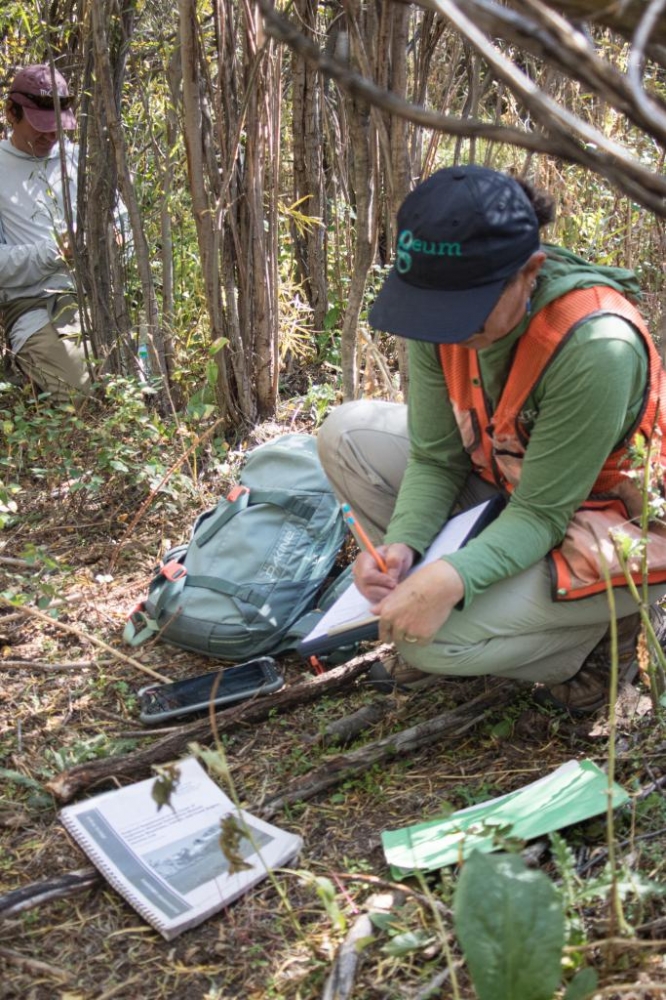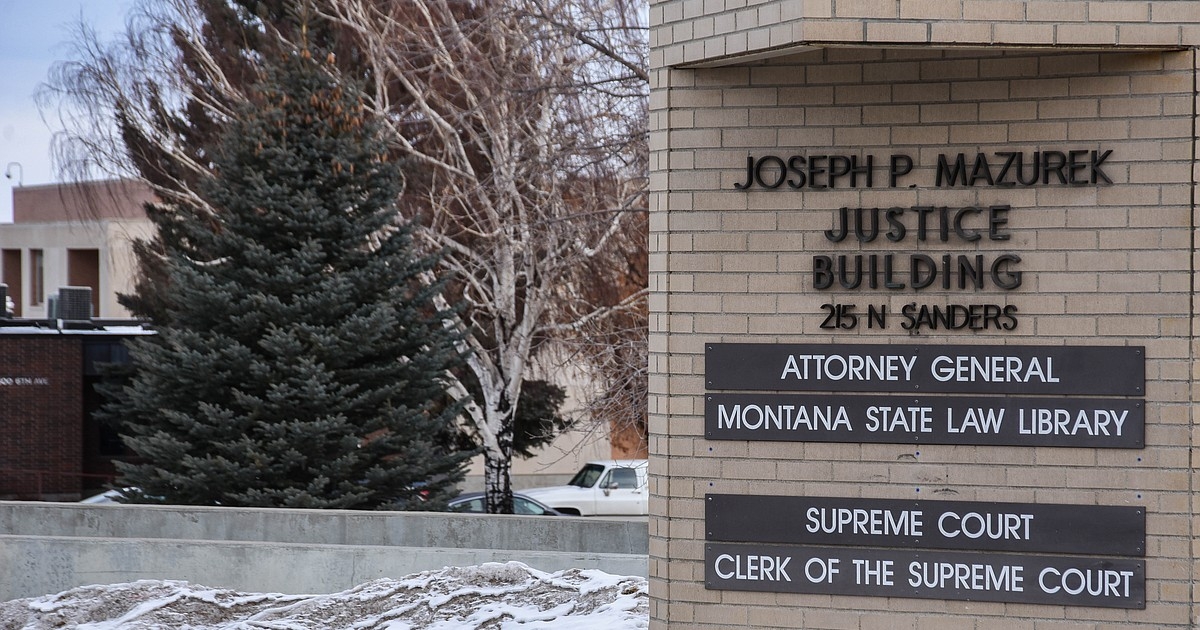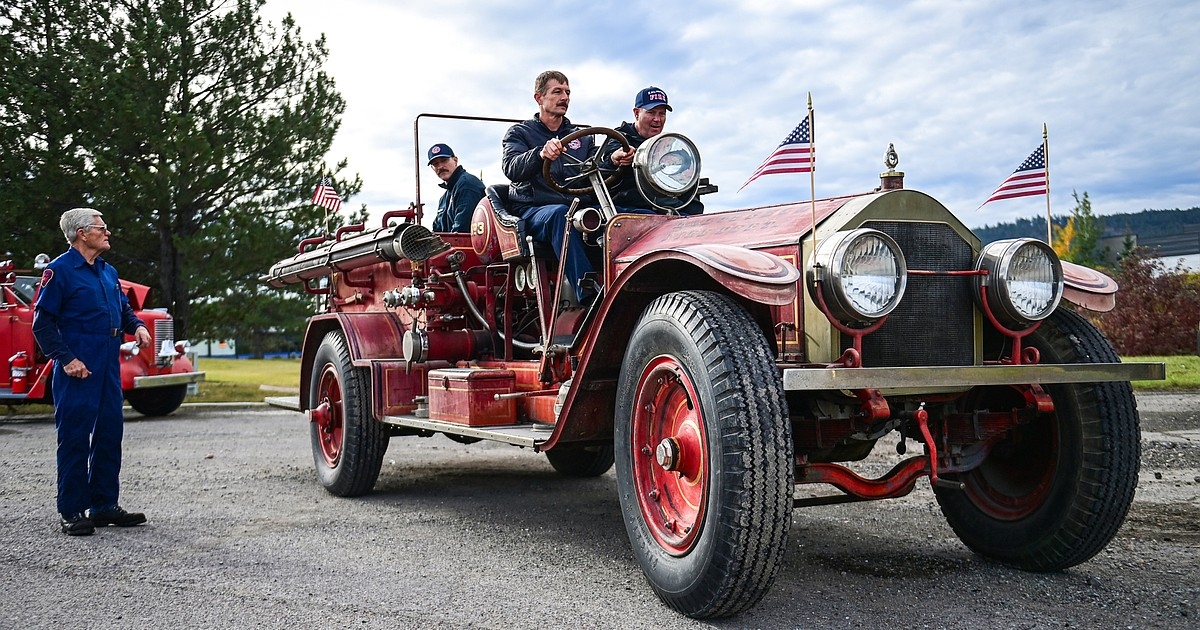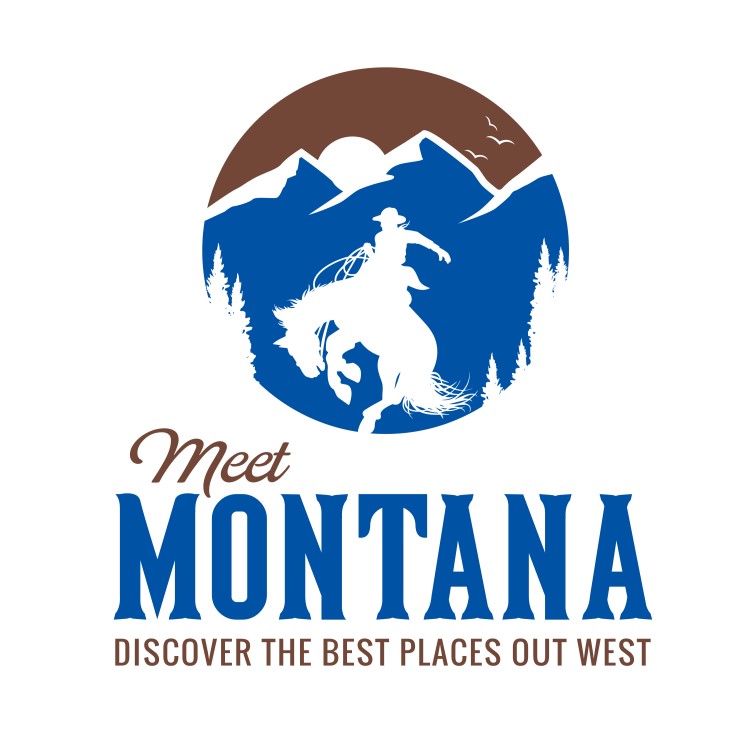Description
Madison River Foundation (MRF) conservation programs manager Mia Cignoni stood on a thin shovel in a tangle of willows that the team could barely stand up in working to dig the first of about 20 soil samples dug that day. The samples were part of the wetland delineation permit application that will be submitted to the Army Corps of Engineers and will help determine the fate of this particular side channel restoration project.
“The goal of this is to create more spawning habitat for trout,” said Cignoni about the project which is one of a collection of potential restoration sites along the Madison River. “Based on mapping, which indicated that water historically flowed through this channel, and test pits we dug this spring that revealed appropriate spawning gravels, the evidence points to this being a historic side channel.'”
The evidence collected in the sample along with an analysis of the vegetation in the area show that the site of that sample was indeed a wetland according to Levia Shoutis who is an environmental compliance specialist for Geum Environmental Consulting and assisting with the wetland delineation application for the site. Shoutis is confident in the determination based on the color of the soil collected from different strata, or layers, of soil and her analysis of the vegetation and geographic features of the area. She moves Cignoni and the team out of the willows and on to somewhat easier dig sites.
In addition to the soil and vegetation samples, Shoutis plots GPS coordinates of features of the project that show evidence of historic features of the area. She and Cignoni conjecture that prior to earthquake that created Quake Lake and the installation of the dam at Hebgen lake, this area probably saw water pulses or fluctuations during the spring thaw that pushed water into a side channel and naturally created a habitat that would have been beneficial for trout and even salmon flies and other insect breeding along the river.
The historic evidence isn’t enough on its own to get the project a green light to move forward according to Alyssa Gully, Geum’s restoration specialist who is leading this and other Madison River projects. She’s seen permits along the river refused for a variety of reasons including historic and cultural impacts. Her and Geum ecological engineer Jessica Erben are digging different parts of the site and scouting out potential access sites that will be used to bring the heavy equipment needed to complete the project in and out of the area if the site is approved.
This site is desirable to the MRF because it is on BLM and Montana State land, but that also poses the challenge of competing uses. Evidence of cattle grazing on the small spit of previous wetland is evident and according to Cignoni the land is probably part of a grazing lease.
Cignoni takes the role of balancing land usage priorities seriously. She knows that in order for the restoration projects to be successful, they need support from all of the parties involved in the usage of the land and river. Historically the cattle raised in the valley have been a powerful force in changing the river.
“The Madison River is a dynamic system shaped by geology, water management and land use,” she said. “Restoration can only succeed if we consider all of those factors together. Our role is to find solutions that maintain ecological function while respecting how the land and river is used today.”
Oftentimes solutions that will restore the ecology of the river will impact other uses. Cignoni’s job is to find balance and ensure the river will be beneficial to everyone involved for generations to come.
The Madison River has changed and will continue to change due to both natural and man made causes. Investing in a project that will be easily reversed by those changes is one of the primary risks the MRF faces and is a large part of why the investments made are so carefully researched prior to breaking ground. If it moves forward, Cignoni expects the permitting for this project to be completed in late Spring or early summer of 2026 and for the construction of the side channel to take place in the following fall. If the project does not receive a green light, the MRF will move on to exploration of other investments for their resources.
“We carefully evaluate every potential project to ensure it will provide meaningful, long-term ecological benefits. Our goal is to invest in work that strengthens the watershed and can adapt to future changes, rather than quick fixes that won’t last,” she explained.
If this site is chosen, the benefits of the project could go beyond trout spawning habit restoration. Mark Mariano of Montana Wetlands and Waterfowl joined Cignoni and the team for the wetland delineation research and saw potential for the site to benefit migrating waterfowl as well.
“Effective restoration depends on partnerships. By combining hydrology, soil science, vegetation data, and the perspectives of landowners and agencies, we can design projects that are both scientifically sound and locally supported,” said Cignoni.
“Reconnecting side channels doesn’t just benefit trout. It also improves groundwater exchange, increases macroinvertebrate production, and creates wetland habitat that supports waterfowl and other wildlife. These processes strengthen the entire river corridor,” she continued.
When all is said and done, Cignoni and the rest of the team and donors at the MRF know that a healthy river leads to a healthy valley and healthy people.
“When the river functions well, with connected side channels, healthy wetlands, and strong habitat for fish and wildlife, the benefits extend far beyond ecology. A resilient river supports the valley’s economy, recreation, and quality of life. In that sense, a healthy river truly does mean a healthy valley and a thriving community.”
More information about the MRF’s side channel restoration projects is available at www.madisonriverfoundation.org/spawning-habitat-restoration.

Levia Shoutis and her team completed a series of questions for each dig site mapped for the wetland delineation application.
PHOTO BY MATI BISHOP

Mia Cignoni, the Madison River Foundation conservation programs manager, worked alongside a team from Geum Environmental Consulting to gather information for a wetland delineation application required for restoration of a historic side channel on the Madison River.
PHOTO BY MATI BISHOP

Levia Shoutis and Jessica Erben of Geum Environmental Consulting assessed the foliage of the historic side channel as part of the wetland delineation process.
PHOTO BY MATI BISHOP

The Madison River Foundation is working to find and restore historic side channels like this one in a way that will increase trout spawning habitat and the overall health of the river.
PHOTO BY MATI BISHOP
News Source : https://www.madisoniannews.com/news/revitalizing-historic-habitats-improve-future-madison-river
Other Related News
10/04/2025
BILLINGS Mont AP US officials in the coming days are set to hold the governments biggest...
10/04/2025
Attorneys argued a Kalispell mans constitutional free speech rights were violated when he...
10/04/2025
A Libby man is behind bars after he allegedly threatened multiple people with a gun at an...
10/04/2025
Prosecutors in August opened a new case against a Ferndale man already awaiting trial in ...
10/04/2025












